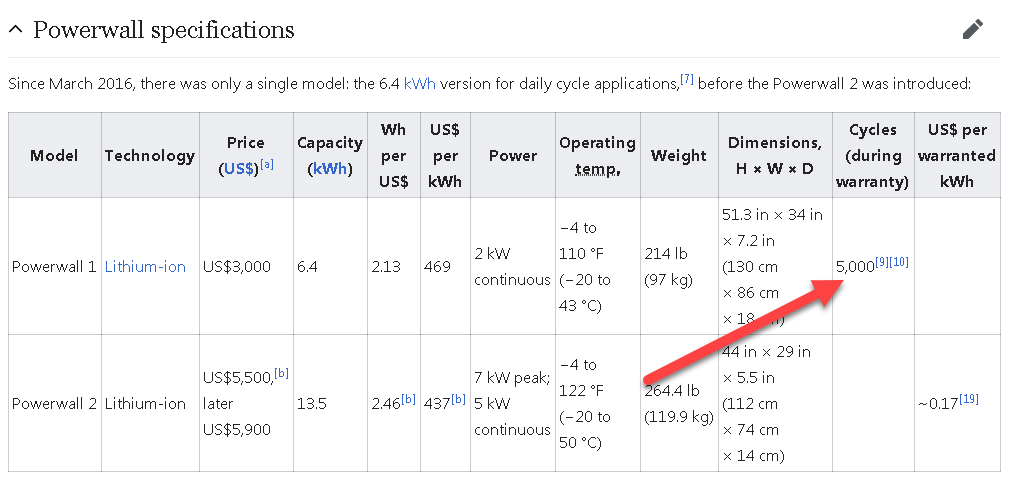MadTechNutter said:
Please provide proof for that claim of 5500 full cycles from the official website:
https://www.yuasabatteries.com/
and NOT some data sheet that somebody could had made up and is now circling on the internet, which I have seen already, possibly by somebody who is trying to sell used batteries.
This is getting tedious.
First, you didn't read the Wiki. If you had you would have clearly seen this:
Secondly, you clearly did not see the specification for the LEV50 I attached.
It clearly says 5500 cycles for LEV50.
Also, with some searching I was able to find this.
http://news.yuasa.co.uk/wp-content/uploads/2016/09/Yuasa_Lithium_Power_Cabinets_Web.pdf
This shows even higher cycle count for these cells.
LIM50 (LEV50) does 11000
LIM25 does 20000
LIM40 (LEV40) should do something between if managed correctly.
As you might know. Mitsubishi does
NOT purchase the cells from GS Yuasa directly.
Instead, the cells are re-branded and re-sold via a different company called Lithium Energy Japan, these are re-branded LIM X cells sold as LEV X cells, thus a specification directly from GS Yuasa is impossible.
This is probably done for several purposes, one of them is protection against potential legal action about issues like the one experienced on this vehicle.
These cells are
VERY old, pre-dating 2007 and as proof of that see the below links.
https://web.archive.org/web/20071214090638/http://lithiumenergy.jp/en/products/index.html
https://www.lithiumenergy.jp/en/products/index.html
All of this supports what I am saying about the cause of this issue.
All of the specifications of the cells is supporting my claim that this is a Software or Hardware (electronic) issue.
I think that's about it with the rebuttals and I hope we can move on with the discussion about the issues from here now that the facts are clear.



























